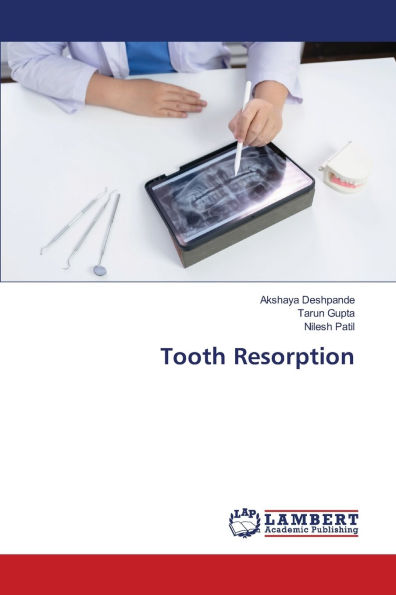Home
Tooth Resorption
Barnes and Noble
Loading Inventory...
Tooth Resorption in Bloomington, MN
Current price: $89.00


Tooth Resorption in Bloomington, MN
Current price: $89.00
Loading Inventory...
Size: OS
The earliest mention of dental resorption in literature was in Thomas Bell's 1829 textbook. Over the last years, there has been a substantial increase in reports of resorption in the literature, which has helped in the understanding of the condition and its treatments. Resorption is identified by an increase in osteoclastic cell activity that causes a loss of hard dental tissues. Resorption can happen both internally and externally. From trauma, to prolonged orthodontic treatment, to viruses, to genetic and idiopathic factors, there is a variety of possible etiologic causes of both kinds of resorptions that are central to the understanding and treatment of this condition. When resorption is suspected, a comprehensive examination of the oral cavity and a proper knowledge of the underlying etiology are required for clinical management. Depending on the extent of the lesion, resorption can be arrested by a variety of endodontic treatments that often include root canals or more complex surgical procedures. External or internal resorption, if detected early, can be treated successfully. Resorption eventually leads to tooth loss if not treated.
The earliest mention of dental resorption in literature was in Thomas Bell's 1829 textbook. Over the last years, there has been a substantial increase in reports of resorption in the literature, which has helped in the understanding of the condition and its treatments. Resorption is identified by an increase in osteoclastic cell activity that causes a loss of hard dental tissues. Resorption can happen both internally and externally. From trauma, to prolonged orthodontic treatment, to viruses, to genetic and idiopathic factors, there is a variety of possible etiologic causes of both kinds of resorptions that are central to the understanding and treatment of this condition. When resorption is suspected, a comprehensive examination of the oral cavity and a proper knowledge of the underlying etiology are required for clinical management. Depending on the extent of the lesion, resorption can be arrested by a variety of endodontic treatments that often include root canals or more complex surgical procedures. External or internal resorption, if detected early, can be treated successfully. Resorption eventually leads to tooth loss if not treated.

















